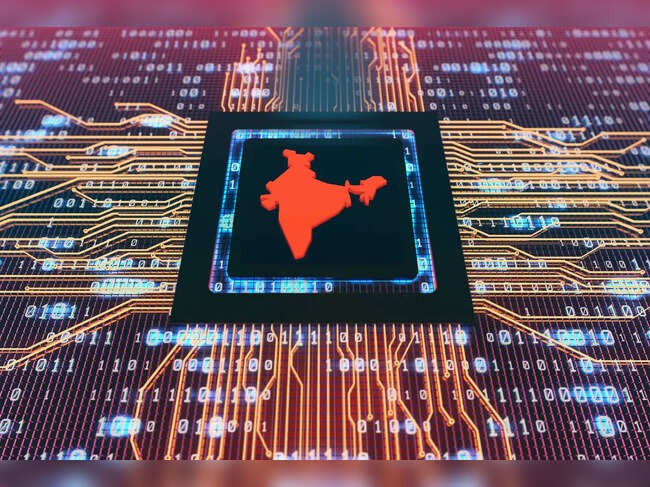



SEBI’s new verified UPI IDs with “@valid” handle and “SEBI Check” tool, launching October 1, 2025, aim to protect investors from cyber frauds. These ensure payments go to SEBI-registered intermediaries, with a green thumbs-up icon for verification, enhancing transaction safety and curbing unauthorized fund collection.

Copyright infringement not intended
Picture Courtesy: INDIAN EXPRESS
The Securities and Exchange Board of India (SEBI to launch verified UPI handles and 'SEBI Check' verification tool by October 2025 to strengthen investor protection.
The core problem SEBI aims to solve is the "lack of verification," which allows fraudsters to mimic legitimate entities and siphon off investors' money. The new system introduces a clear, verifiable, and exclusive payment channel.
A Standardized and Exclusive UPI Handle
All SEBI-registered intermediaries who collect funds from investors will be required to obtain a special, verified UPI handle.
This handle will have a unique and exclusive identifier: "@valid", which will be allocated only by the National Payments Corporation of India (NPCI) to SEBI-registered entities.
The UPI ID will follow a clear structure: intermediary_name.category_suffix@validBANK.
Visual Confirmation for Investors
To make identification easy, a clear visual cue—a "thumbs-up inside a green triangle" icon—will be displayed on the payment screen when an investor makes a payment to a verified handle.
It will allow investors to independently verify the authenticity of any intermediary before making a payment.
How it Works => Investors can either scan a QR code or manually enter a UPI ID into the tool.
The tool will confirm the legitimacy of the UPI ID and display associated bank details, including the account number and IFSC code, cross-referencing them with SEBI's official database.
Must Read Articles:
Why UPI Faces Frequent Downtimes
Cabinet Approves UPI Incentive
Source:
|
PRACTICE QUESTION Q. Which of the following statements about the Unified Payments Interface (UPI) framework is incorrect? A) UPI is built upon the existing Immediate Payment Service (IMPS) infrastructure, enabling real-time inter-bank transfers. B) UPI mandates a two-factor authentication process for every transaction, typically involving device binding and a user-set UPI PIN. C) A user can link multiple bank accounts from different banks to a single UPI application. D) Once a UPI transaction is successfully initiated and the payer's account is debited, the payment can be stopped or reversed by the payer through their app. Answer: D Explanation: UPI transactions are designed to be instant and irrevocable, just like handing over cash. Once you enter your UPI PIN and authorize the payment, the funds are immediately debited from your account and sent for credit to the receiver. The system does not provide a feature to stop or reverse a successful transaction from the payer's end. If you have sent money to the wrong person, you cannot simply "cancel" it. |









© 2026 iasgyan. All right reserved